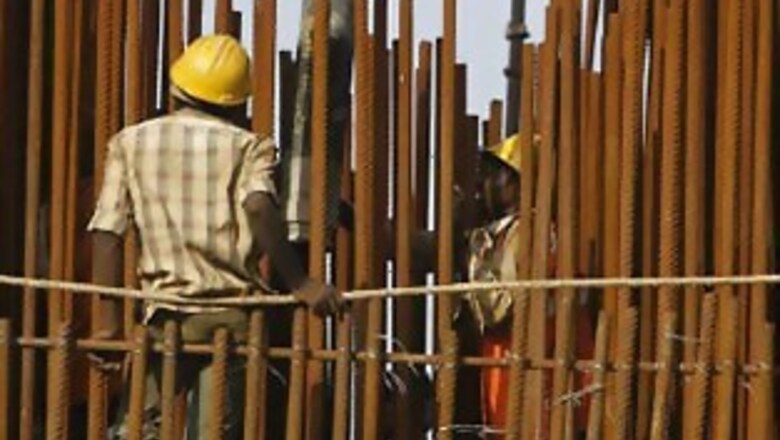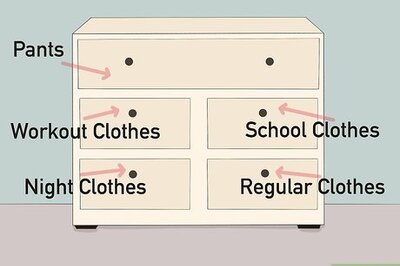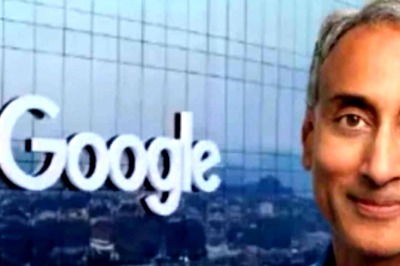
views
The Indian economy seems to be back on track despite a poor monsoon. The Reserve Bank of India cranked up the economic growth forecast for the current financial year from 6 percent to 7.5 percent.
The Prime Minister, a distinguished economist himself, has pegged it at 7 percent and his Finance Minister estimates it at 7.75 percent.
It’s a mystery how, presumably, the same set of data would allow for such variety for forecasts. Some of the more frequently distributed forecasts of economic growth in India seem to follow the trend more than predict it.
Take the GDP forecasts by the Centre for Monitoring Indian Economy (CMIE). After the collapse of Lehman Brothers in September 2008, every successive month brought bad news for the world economy. The CMIE forecasts reflected that: GDP growth rate got revised from 9.4 percent in September 2008 to 8.2 percent in November and 6.5 percent in April 2009.
The Indian economy actually grew by 6.7 percent that year (08-09) and to be fair to CMIE, most other forecasters also got it wrong (see table). One notable exception is the 7 percent estimate by the Delhi School of Economics and Institute of Economic Growth (DSE-IEG) based on the India-LINK macro-econometric model.
“People laughed at us when we predicted a 7 percent growth as early as August 2008 while most other s were around 9 percent,” says N.R. Bhanumurthy, co-designer, DSE-IEG model.
According to him, each model’s predictive capability depends on not just the theoretical specifications built into it but also on the frequency of data used. So a model that uses monthly data would be appropriate for providing estimates over the next four months while one that uses annual data could be used to forecast over the next four years.
But not everyone agrees a purely model-based approach works best for India.
“We are such a fast evolving economy that the parameters that connect any two macro economic variables are unstable,” says Samiran Chakraborty, head of research at Standard Chartered. For instance, suppose a model states that credit growth multiplied by ‘x’ will give the GDP growth.
Now this ‘x’ is typically calculated using data of the past 10 or 20 years, but in India’s case this ‘x’ is changing very fast and as such a model may fail to forecast accurately. Chakraborty favours a “qualitative” approach. He believes that arriving at a forecast at the start of the year and revising it during the year are two separate ballgames.
The former, according to him, is like putting a face on long-term established relationships. Example: Saying that growth in the services sector will be some function of industrial growth. The latter requires adjusting to some short-term dynamics.
In sum, it is the use of a well-detailed macro-economic model that distinguishes a forecast from any one person’s expectation for that year.
Most forecasts for this year were revised upwards after the UPA’s stunning victory in the national elections, based on the expectation that a more stable government would be better for growth. But Bhanumurthy points out a more sophisticated model can factor in political stability as a variable and such a revision could be built into the macro model.
If one thinks through, a more stable government positively impacts macro-economic variables like fiscal deficit by cutting inefficient government expenditure, stepping up disinvestment receipts and so on.

















Comments
0 comment